Inertial Measurement Units (IMUs) are the backbone of navigation systems in loitering missiles. They provide the data necessary for guiding the missile to its target with high precision. Without a reliable IMU, a missile would struggle to maintain a stable flight path, which could jeopardize its mission.
An Inertial Measurement Unit (IMU) is a device that measures an object’s acceleration, velocity, and orientation. The IMU’s role for loitering missile is essential for ensuring that the missile reaches its target with accuracy.
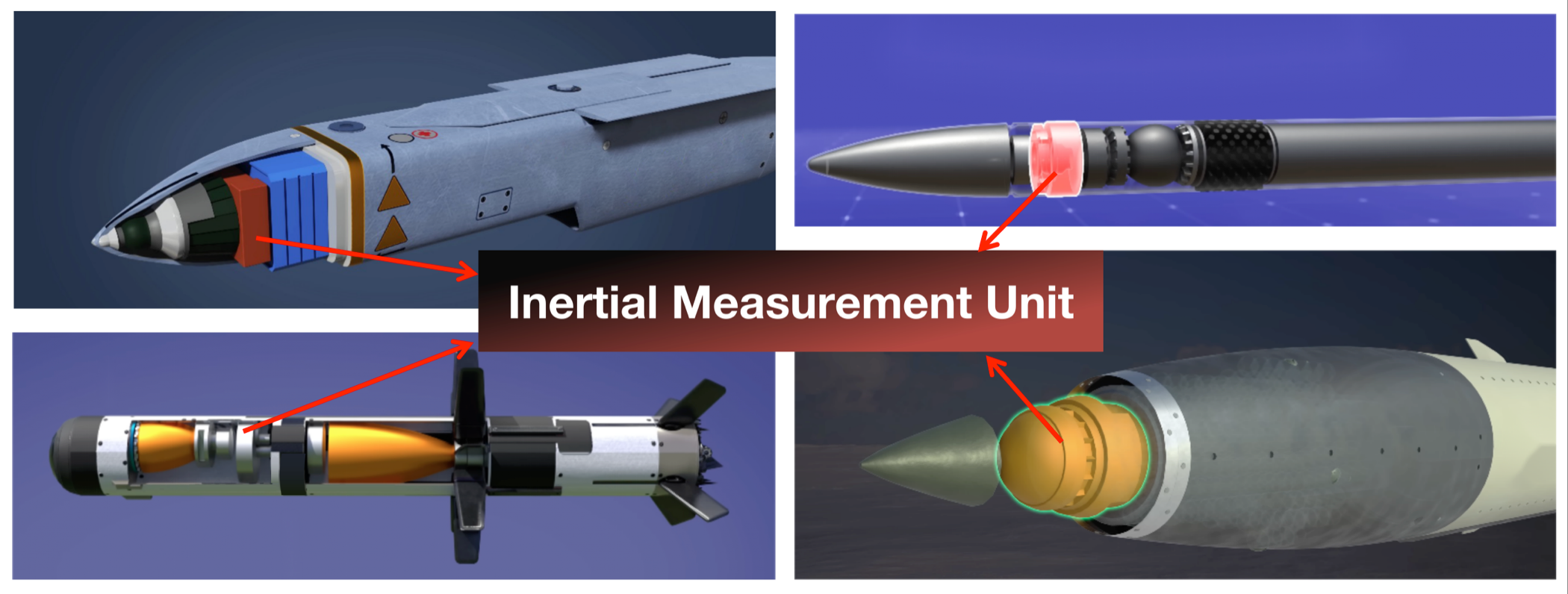
In this article, I’ll break down the critical components that make up an IMU, the key metrics for loitering missile applications, and which type of IMU is best suited for these high-stakes operations.
Table of contents
What Is an Inertial Measurement Unit (IMU)?
An Inertial Measurement Unit (IMU) is a device that measures an object’s acceleration, velocity, and orientation. It operates without the need for external signals. This independence makes it ideal for use in environments where GPS signals might be unreliable. Inside an IMU, you’ll typically find accelerometers and gyroscopes. These sensors work together to track motion and rotation, ensuring that the missile’s flight path remains accurate.
As an engineer worked in the inertial navigation industry for over 8 years, I can tell you that the IMU’s key role is to supply real-time data on the missile’s speed, position, and angle. This allows the missile’s control system to adjust the flight path continuously. This level of precision is vital for long-duration flights and targeted strikes.
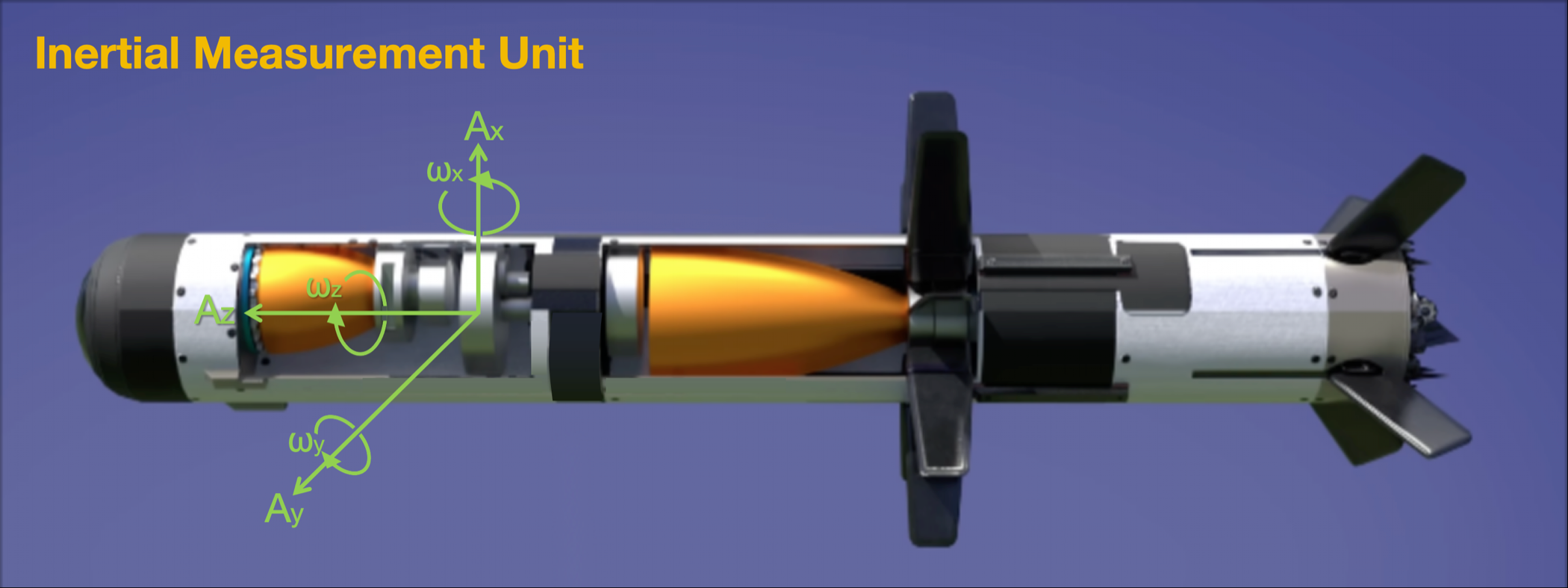
Why Do Loitering Missiles Rely on Inertial Measurement Unit (IMU)?
Loitering missiles are designed to stay in the air for extended periods while monitoring a target. For this purpose, precise navigation is essential. The IMU enables the missile to adjust its course continuously, compensating for changes in speed, wind, or other environmental factors. If the missile lacks accurate positional data, it might veer off course. And that could result in mission failure or worse, a failed strike on the target.
For missile systems, high-precision data isn’t just about steering the missile to a general location. It’s about ensuring that the missile can maneuver accurately and reliably over long distances. The IMU is key to achieving that level of precision. Without it, the missile wouldn’t be able to make real-time course corrections. That means higher risks, more wasted resources, and less effective missions.
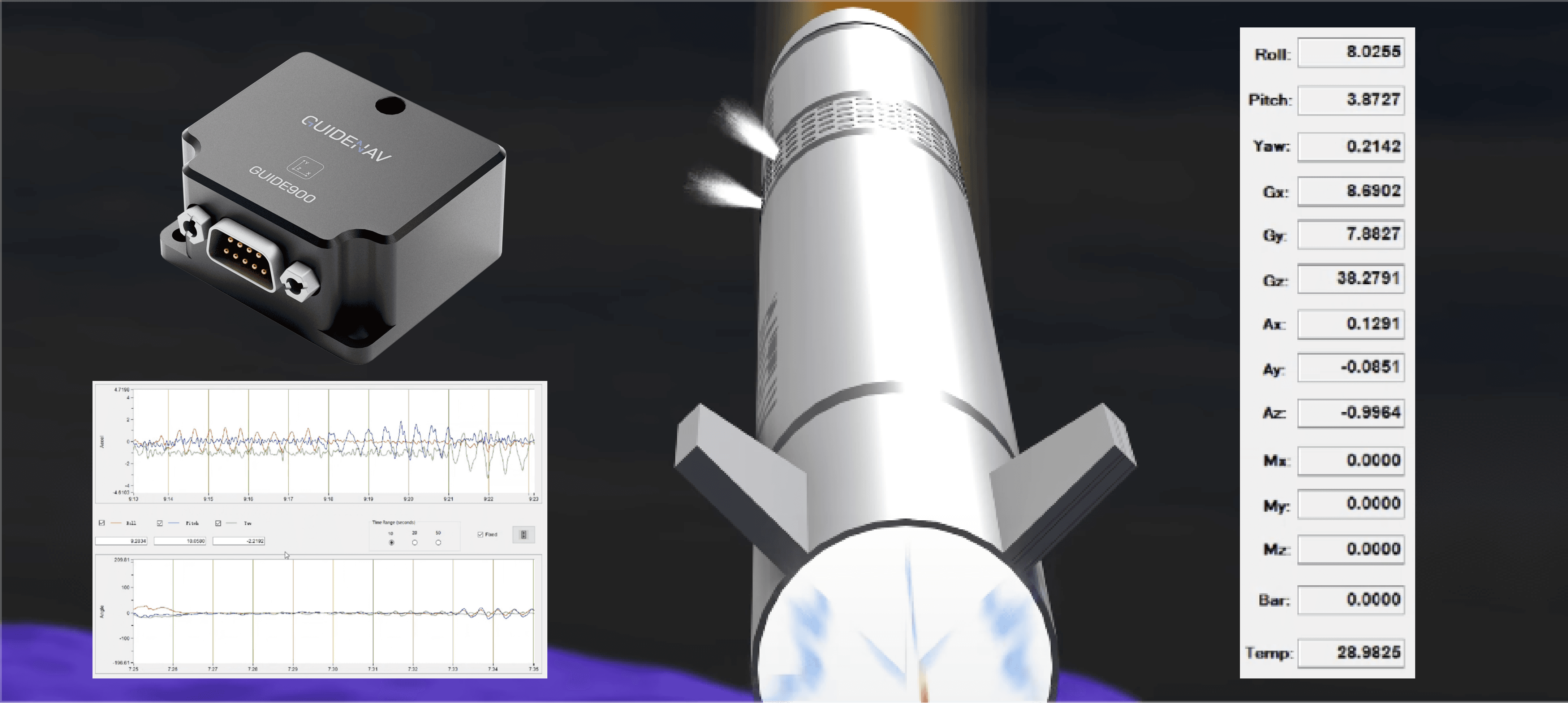
Key Parameters for Loitering Missile IMUs
When it comes to IMUs for loitering missiles, precision is non-negotiable. However, there are other vital parameters to consider. The bias stability of the IMU is crucial because any drift can lead to errors over time. Similarly, the drift rate will determine how much the system can deviate before requiring recalibration. The IMU must also deliver quick data updates with minimal latency. Speed is critical for real-time adjustments.
| Parameter | Description | Importance for Loitering Missiles |
|---|---|---|
| Precision | The IMU’s ability to measure exact motion. | Necessary for keeping the missile on course during long flights. |
| Bias Stability | The consistency of sensor readings over time. | Prevents gradual drift that can throw off the missile’s path. |
| Drift Rate | The rate at which the IMU’s readings deviate. | Low drift ensures continuous accuracy without recalibration. |
| Latency | The delay between sensor input and output. | Fast processing is crucial for immediate course corrections. |
As someone with years of experience in inertial navigation systems, I’ve seen firsthand how low drift and quick response time can make all the difference in a successful mission. IMUs with poor bias stability or high drift rates just can’t deliver the required performance, particularly in missile systems that need to make quick, frequent adjustments.
Loitering Missile IMU Accuracy Requirements
The accuracy (bias stability) of the inertial measurement unit for a loitering missile can vary depending on the mission’s complexity and the reliance on external navigation systems. Below is a summary of the bias stability requirements for different scenarios:
1. High Precision Strike Missions (e.g., Precision Guided Attacks)
- Bias Stability: 01°/hr to 0.1°/hr
Reason:
- High precision is required for precise target engagement, especially for complex mission scenarios involving precision strikes.
- The IMU needs to ensure stable flight and accurate targeting, especially during the final approach.
Recommended IMU Type: Fiber Optic Gyroscope based IMU
Recommended FOG IMU Model: GFIMU400, GFIMU500
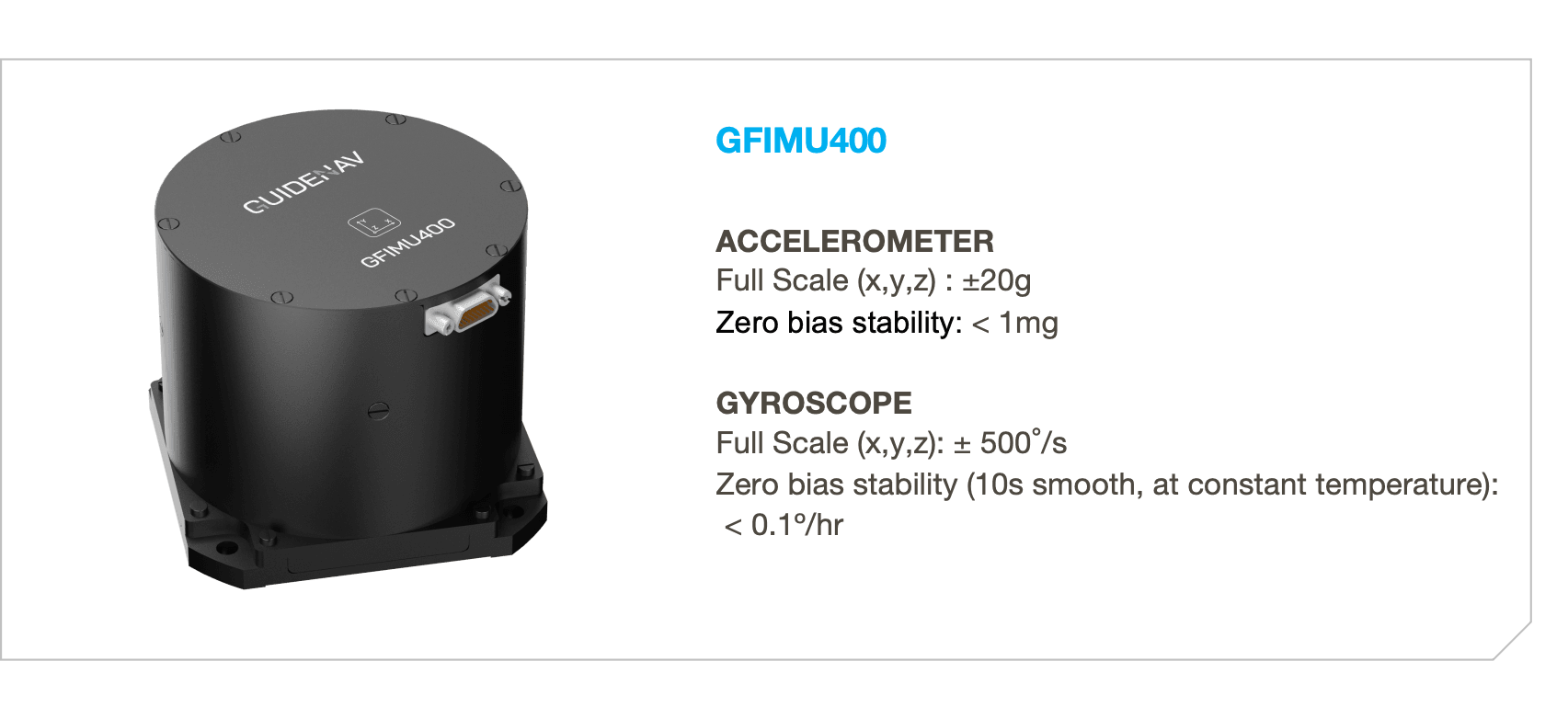
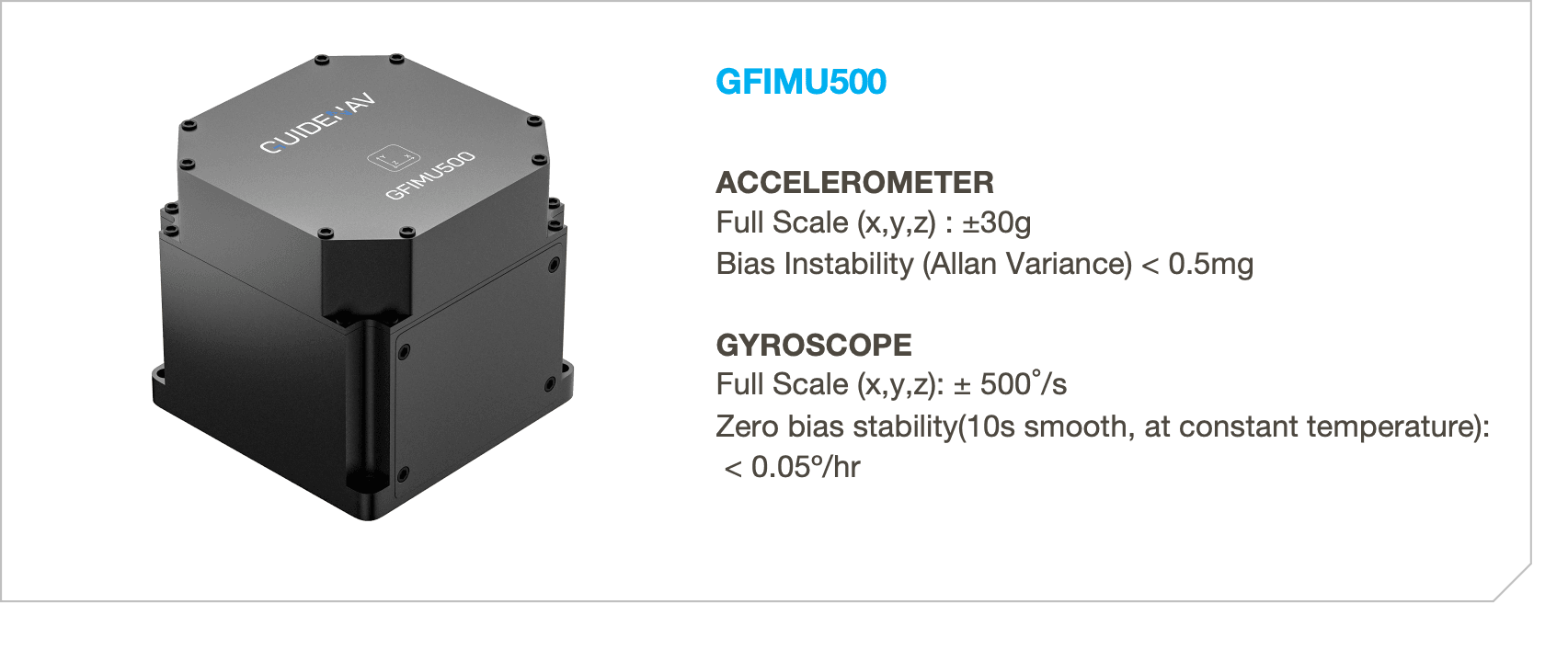
2. Moderate Precision Missions (e.g., General Battlefield Strikes)
- Bias Stability: 1°/hr to 0.5°/hr
Reason:
- Moderate precision is needed for general battlefield missions where the target may be less critical or the engagement area more flexible.
- The IMU can be supplemented by other guidance systems, such as visual or GPS-based systems, to maintain accuracy.
Recommended IMU Type: MEMS IMU or FOG IMU (depending on the mission’s requirements)
Recommended MEMS IMU Model: GUIDE900
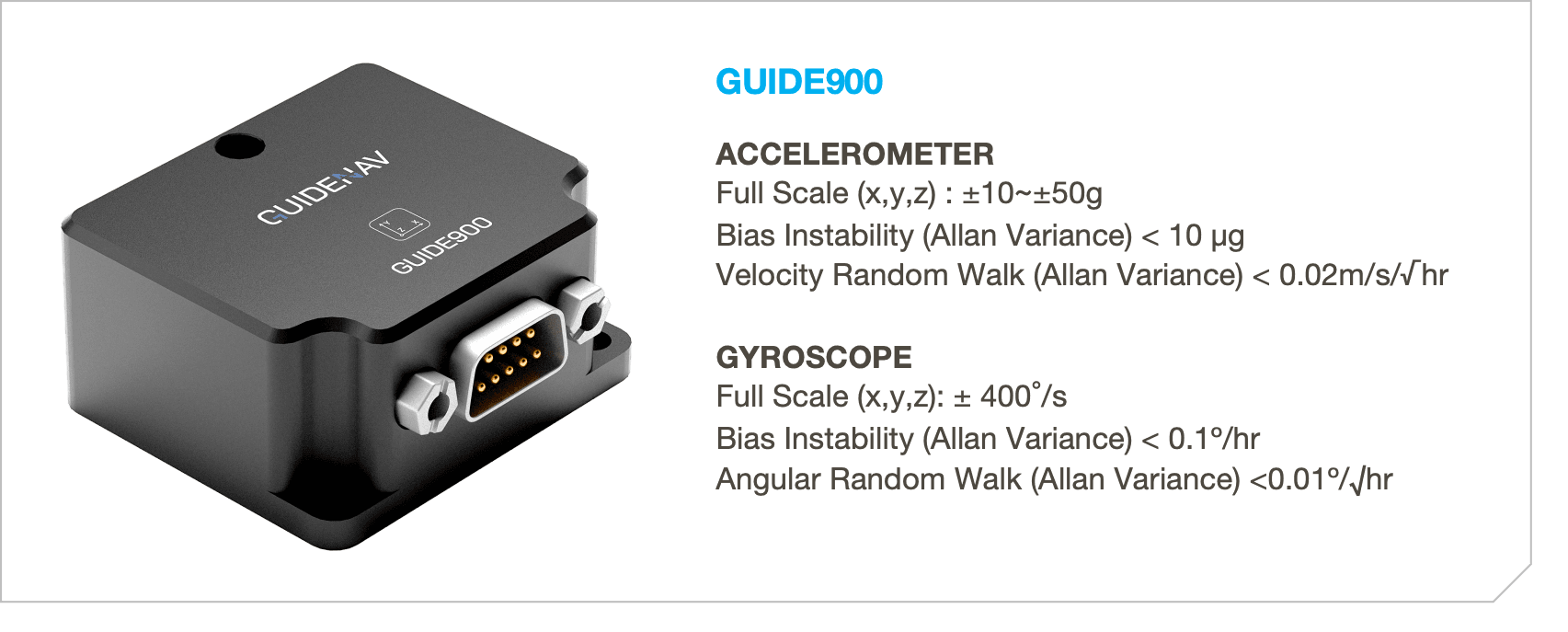
3. Low-Cost or Simpler Missions (e.g., Attacking Lower-Value or Moving Targets)
- Bias Stability: 5°/hr to 2.5°/hr
Reason:
- For low-cost loitering missiles or less critical targets, the IMU precision can be relaxed, especially when flight time is short or mission complexity is low.
- These systems may rely more on the platform’s navigation (e.g., UAV) or simple onboard sensors, reducing the need for high-precision IMUs.
Recommended IMU Type: MEMS IMU
Recommended MEMS IMU Model: GUIDE700, GUIDE688B, GUIDE600
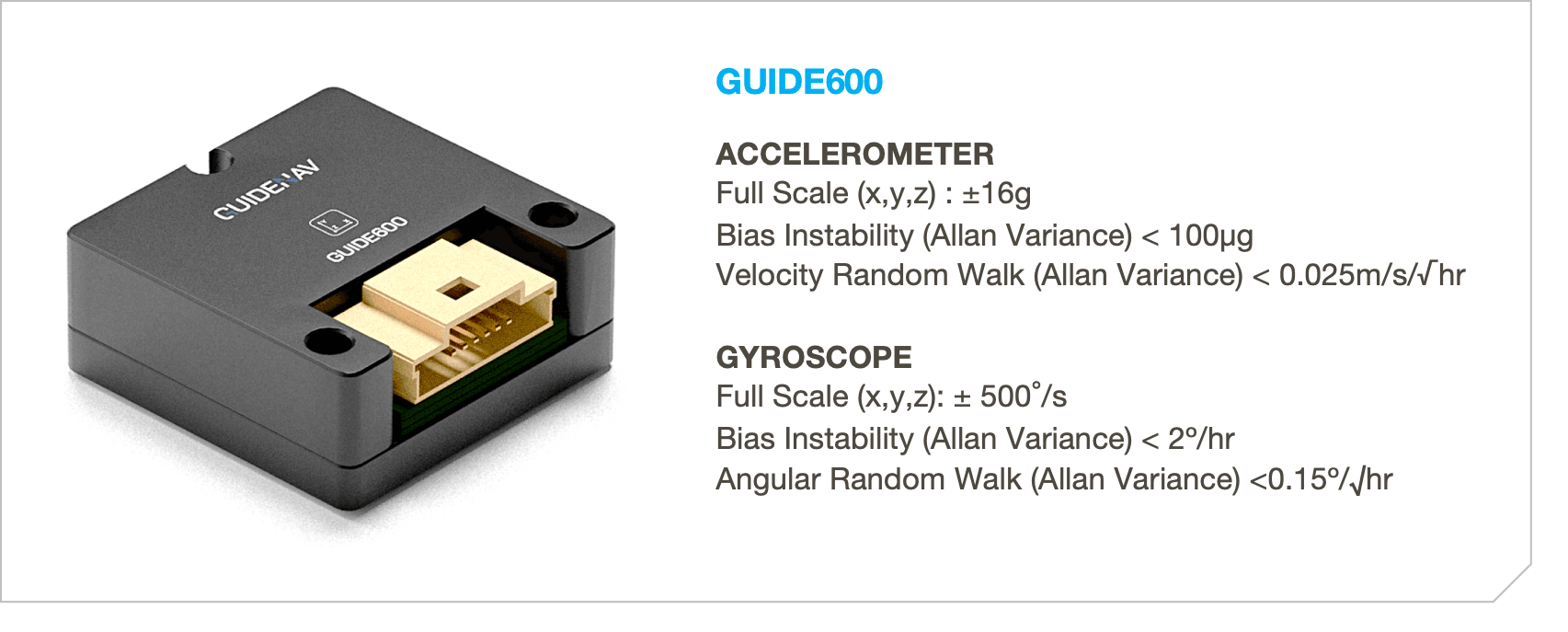
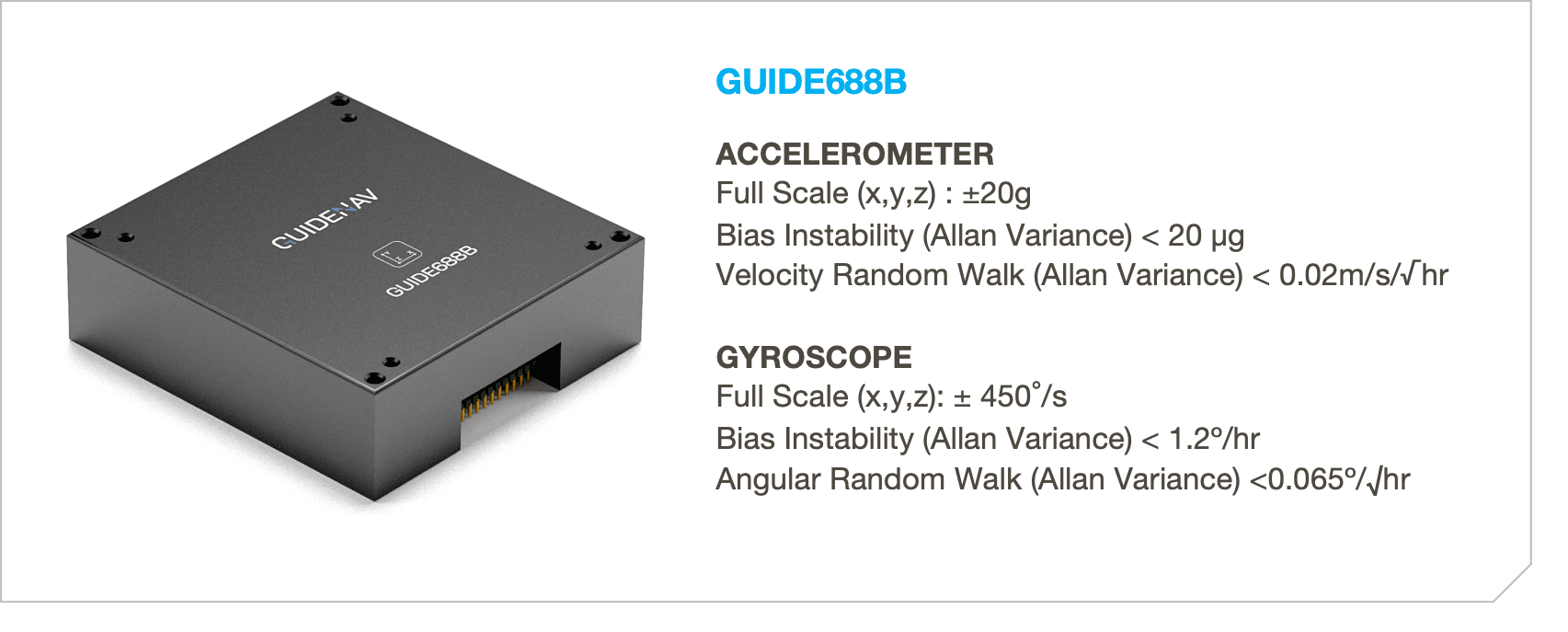
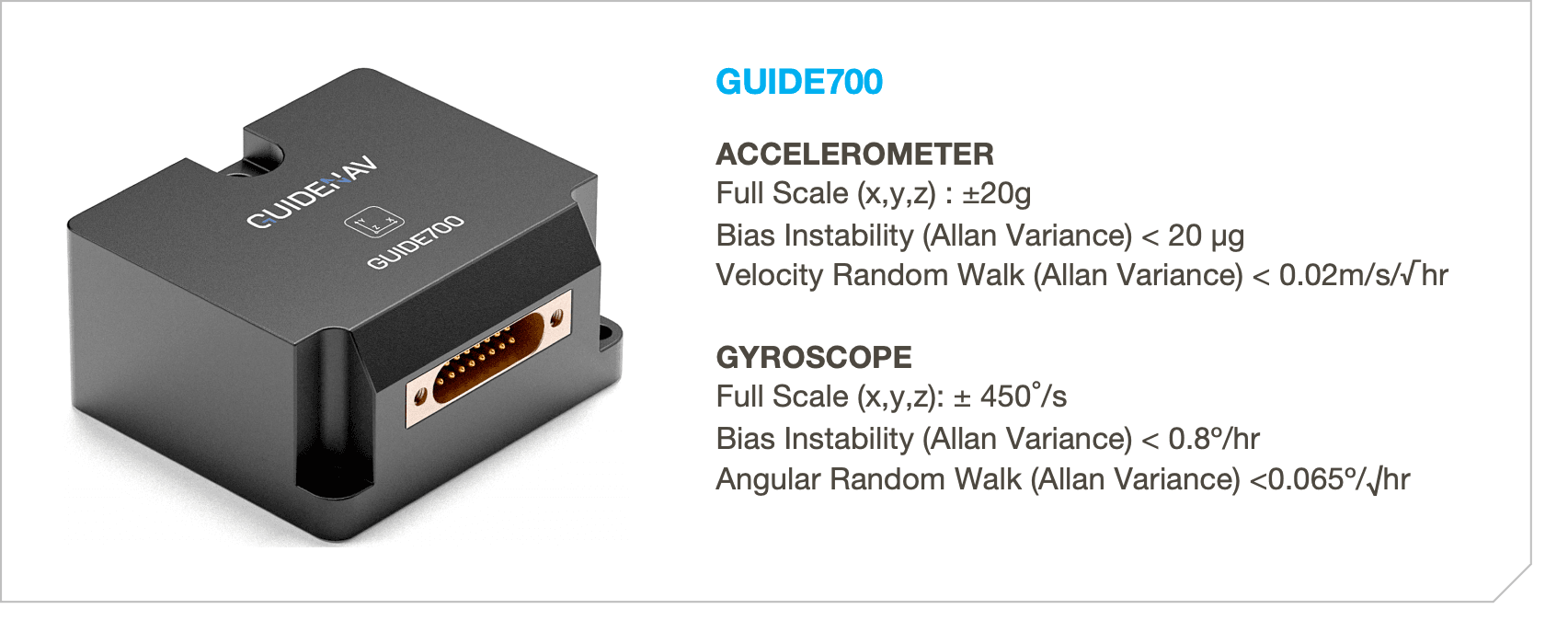
4. Sensor-Dependent Missions (e.g., Relying on External Sensors for Targeting)
- Bias Stability: 5°/hr to 5°/hr
Reason:
- For missions heavily dependent on external sensors (e.g., visual, radar, or GPS), the IMU’s precision can be relaxed as the external systems perform most of the navigation and guidance.
- The IMU serves mainly as a supplementary sensor, with the primary reliance on external data for mission success.
Recommended IMU Type: MEMS IMU
Recommended MEMS IMU Model: GUIDE160
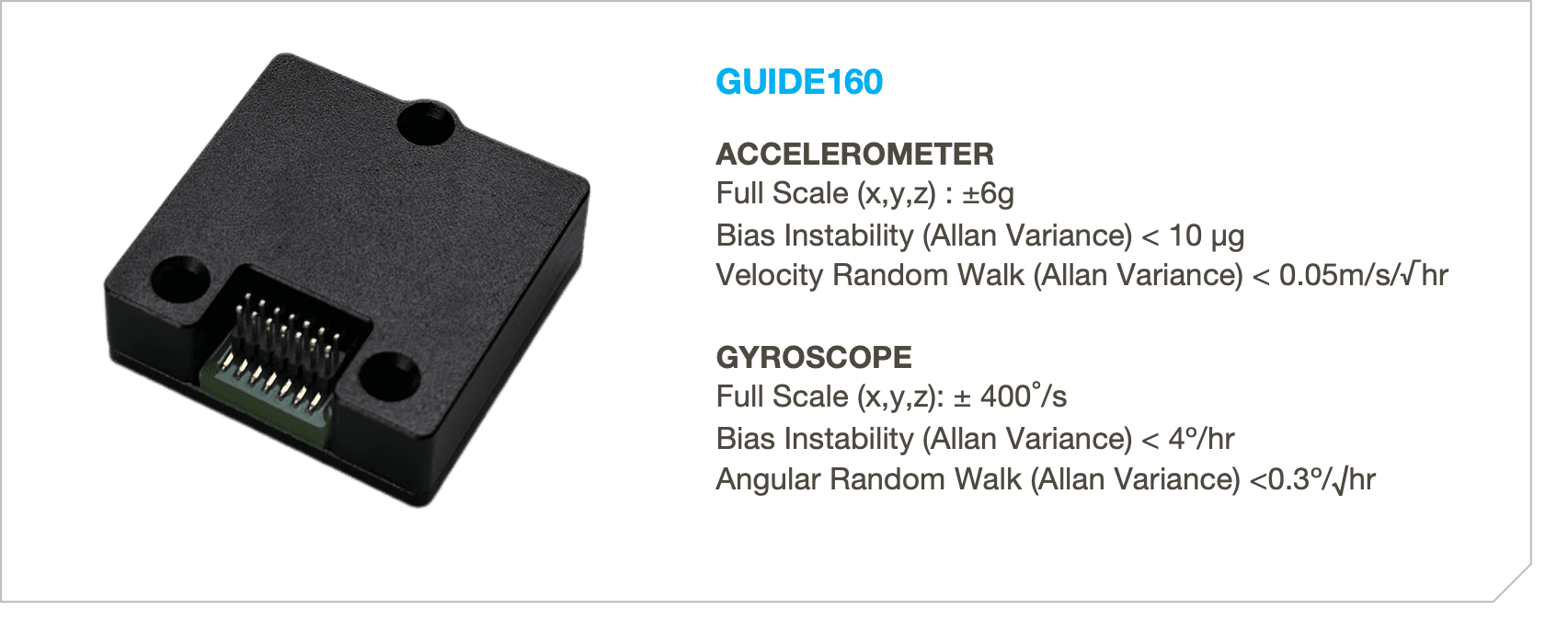
References
For missile systems, high-precision data isn’t just about steering the missile[^1] to a general location.
[^1]: Exploring the mechanics behind steering the missile offers insights into advanced missile guidance technologies and their operational efficiency.
the key metrics for loitering missile applications[^2]
[^2]: Understanding the key metrics for loitering missile applications can provide insights into their operational effectiveness and strategic value.
